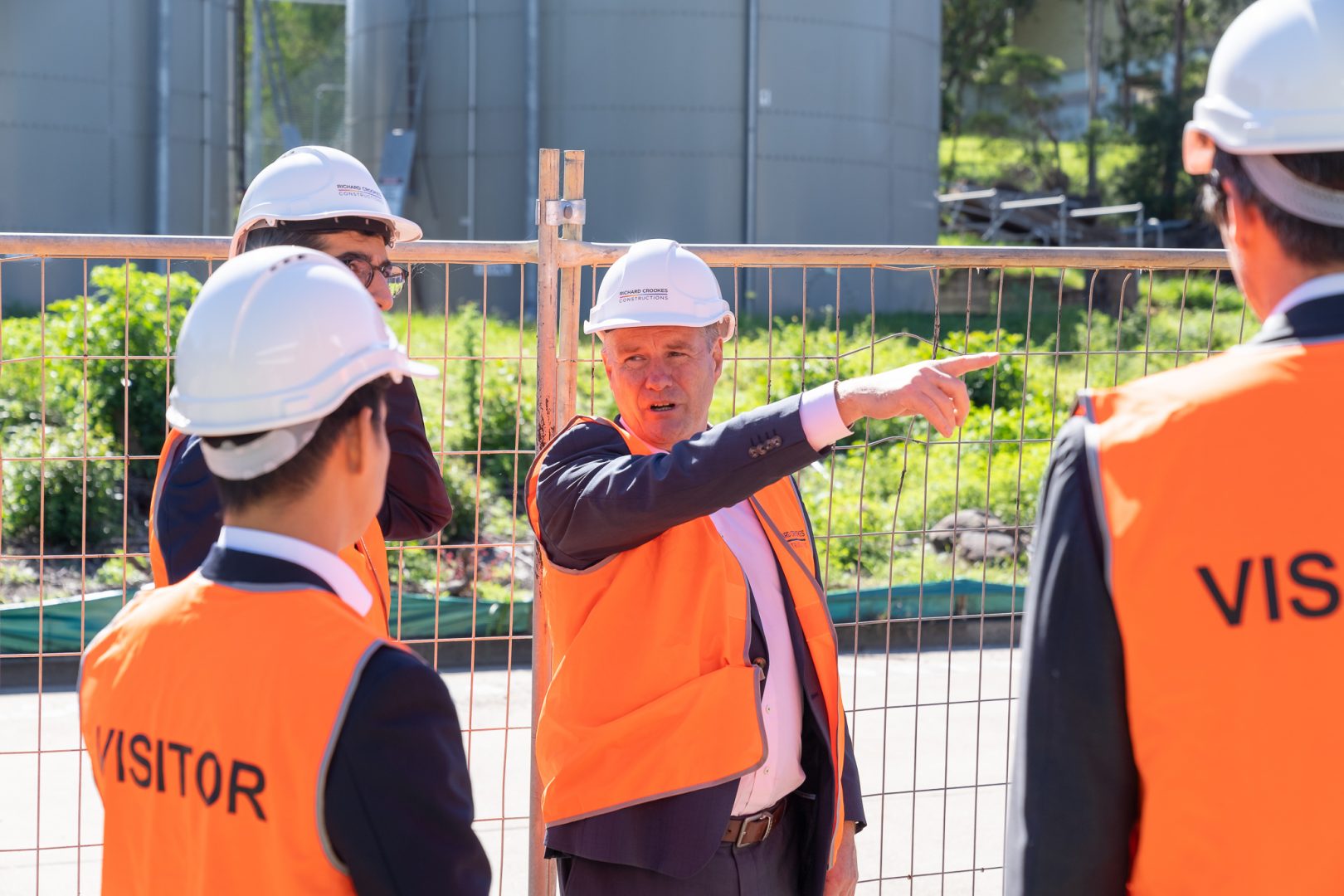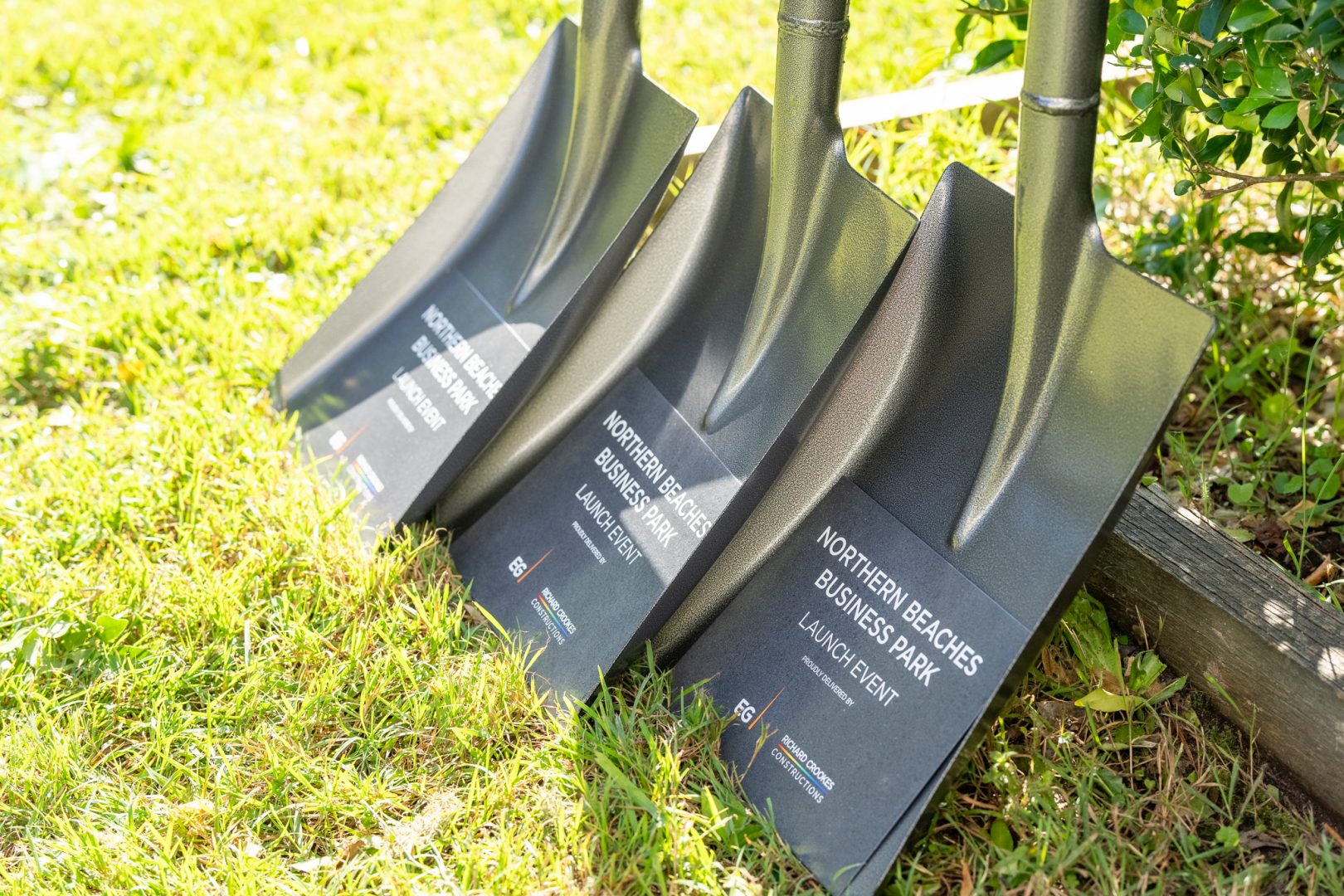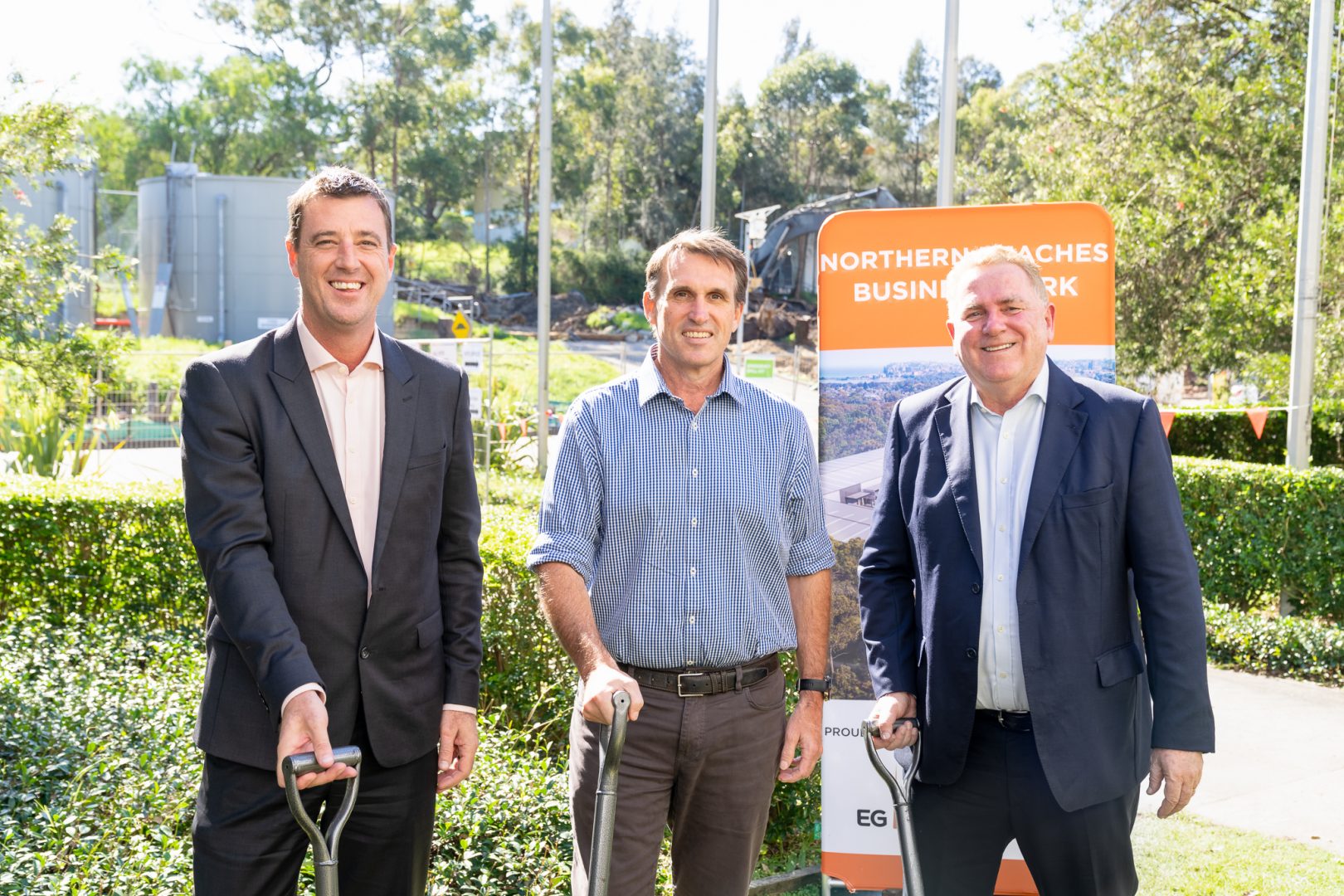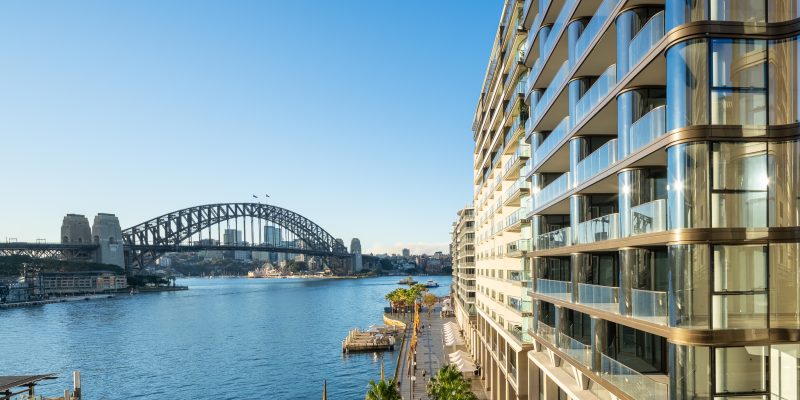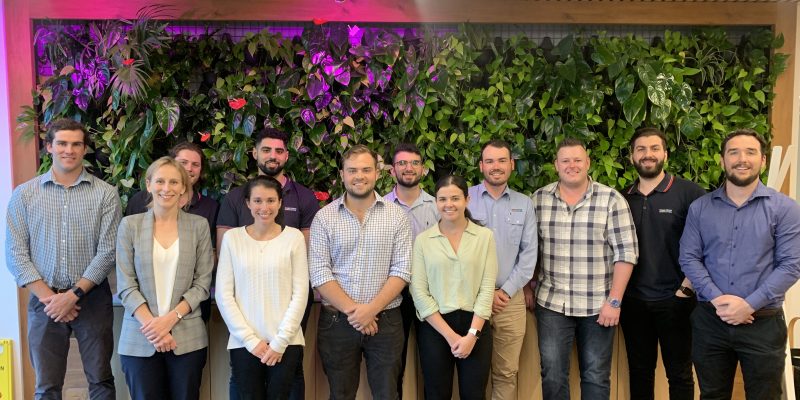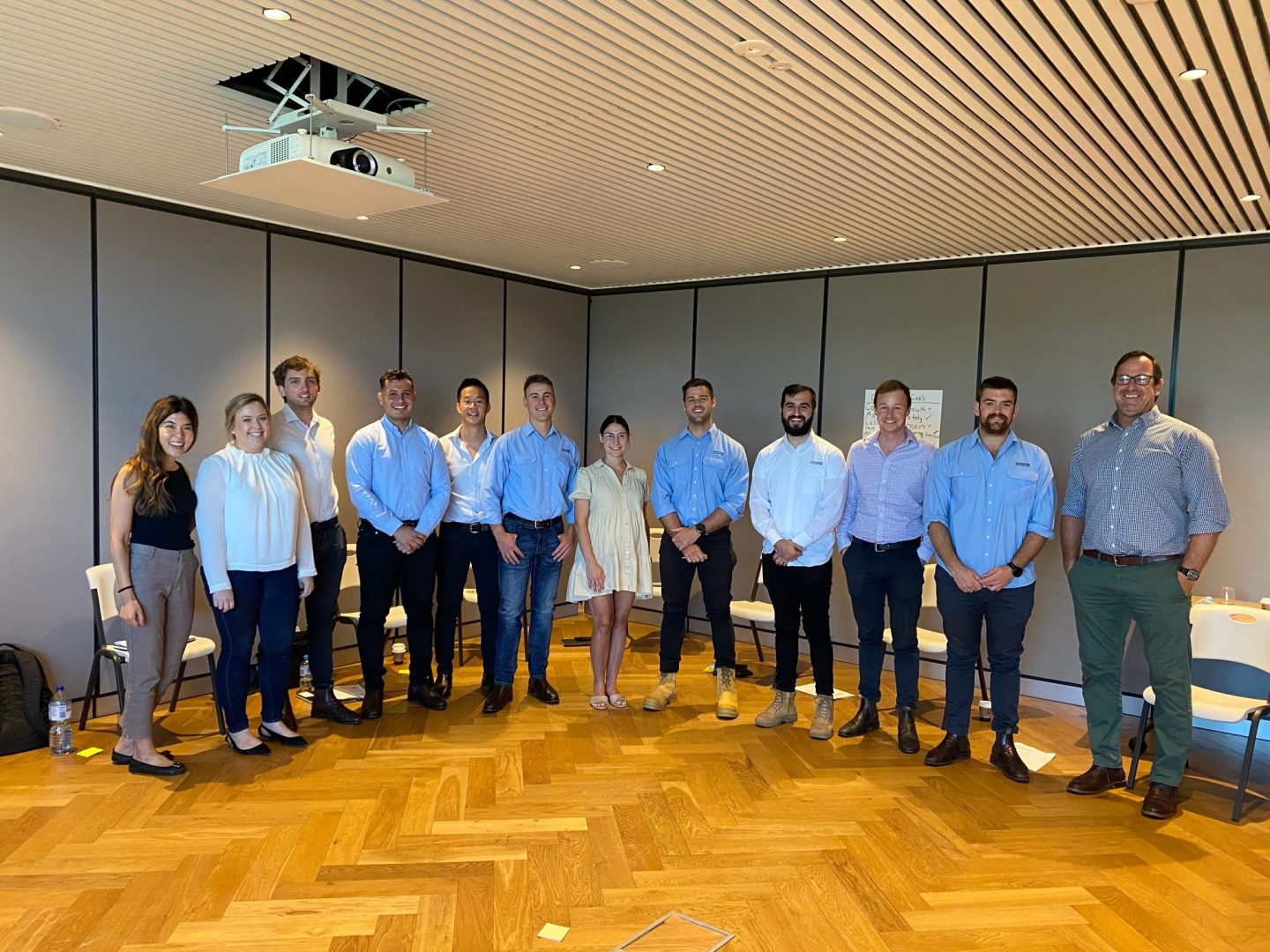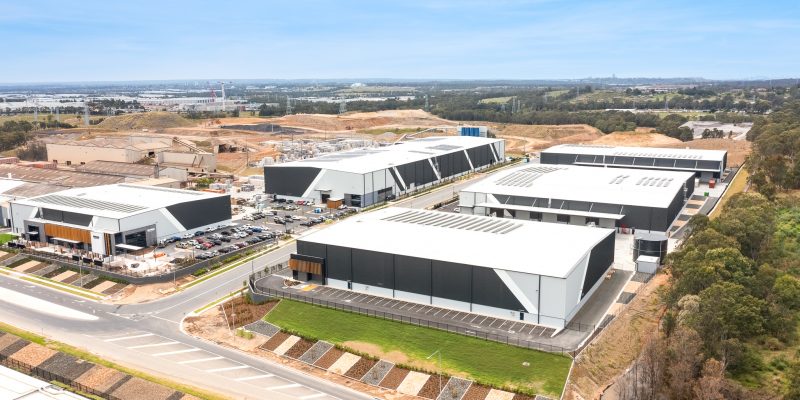Launching our IIP on NAIDOC Week!
In celebration of NAIDOC Week and in recognition of our First Nations cultures, histories and achievements, RCC is pleased to officially launch its Indigenous Impact Plan (IIP) to mark this momentous occasion.
At RCC, we are passionate about giving back to the communities where we work and to which we belong, including Aboriginal communities.
Over the years, we have engaged with Aboriginal people, communities and businesses on our projects and sites, creating a strong synergy between RCC’s values and that of Aboriginal people.
Working in construction delivering projects across various regions of NSW, ACT and Qld gives is an opportunity to make positive impacts our communities.
Our family values are core and will form the foundation of our approach to building and sustaining respectful and meaningful relationships with Aboriginal people, businesses and the communities in which we work.
OUR IIP VISION
In 2021, we formalised this commitment through the development of an Indigenous Impact Plan (IIP) which forms part of our overall Diversity, Equity and Inclusion strategy.
In line with our company’s values. Our vision is to create a sustainable, positive impact on all RCC projects and in communities which we are part of, for the benefit of our First Nations Peoples. The vision for our IIP is Creating Legacies in Local Communities.
RCC key partners for our IIP include Aboriginal Employment Strategy and Supply Nation. These organisations have played an important role in formulating our approach in collaboration with a network of internal IIP Champions across the business.
The IIP is led by the RCC Indigenous Impact Leadership Committee (IIPLC) made up of a leadership group of 10 employees including Senior Executives. This group has the direct support of Jamie Crookes and Grant D’Arcy, who is our IIP Executive Sponsor.
Our IIP is a roadmap to assist us to achieve greater engagement, build our reputation with government clients, improve our credibility and partnership with local Aboriginal communities and to become an employer and builder of choice for Aboriginal and Torres Strait Islander peoples. However we don’t want to stop at just our government projects and ensure even our private sector projects are thinking of how they can help support Aboriginal businesses and initiatives across all our projects.
Commitment to our IIP will have a positive and meaningful impact on our communities and building long-term relationships.
ABOUT OUR ARTWORK
As a private, family-owned construction company that began on the lands of the Eora nation in 1976, we recently partnered with Bundjalung Artist, Christine Slabb, to create Indigenous artwork that brings together our history, people, clients and communities.

This stunning artwork symbolises building our ‘Shared Legacy’ together, and how we’re connected to country, land, waterways and sea. Undulating with uniquely curved lines, the circular patterns represent our multiple site locations, the U-shape reflects people, community and family, and the dots reflect our shared legacy.
Using the colours from our RCC colour palette, this artwork tells a symbolic story: Together, we acknowledge the land, together we support and unite, together we deliver certainty. This is our shared legacy.

This artwork will be used across our sites and offices to acknowledge the land on which we operate. Thank you to Christine Slabb for creating this memorable piece that connects us with our history and the communities we serve.
Together, we’re building a better, brighter and more inclusive future. After all, it is all about creating shared legacies.


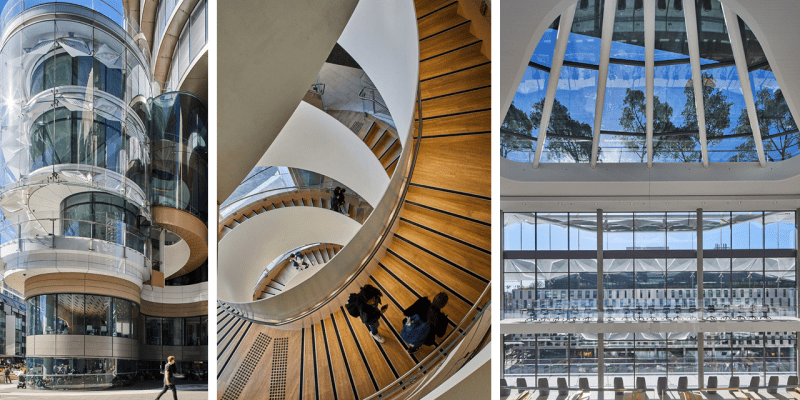
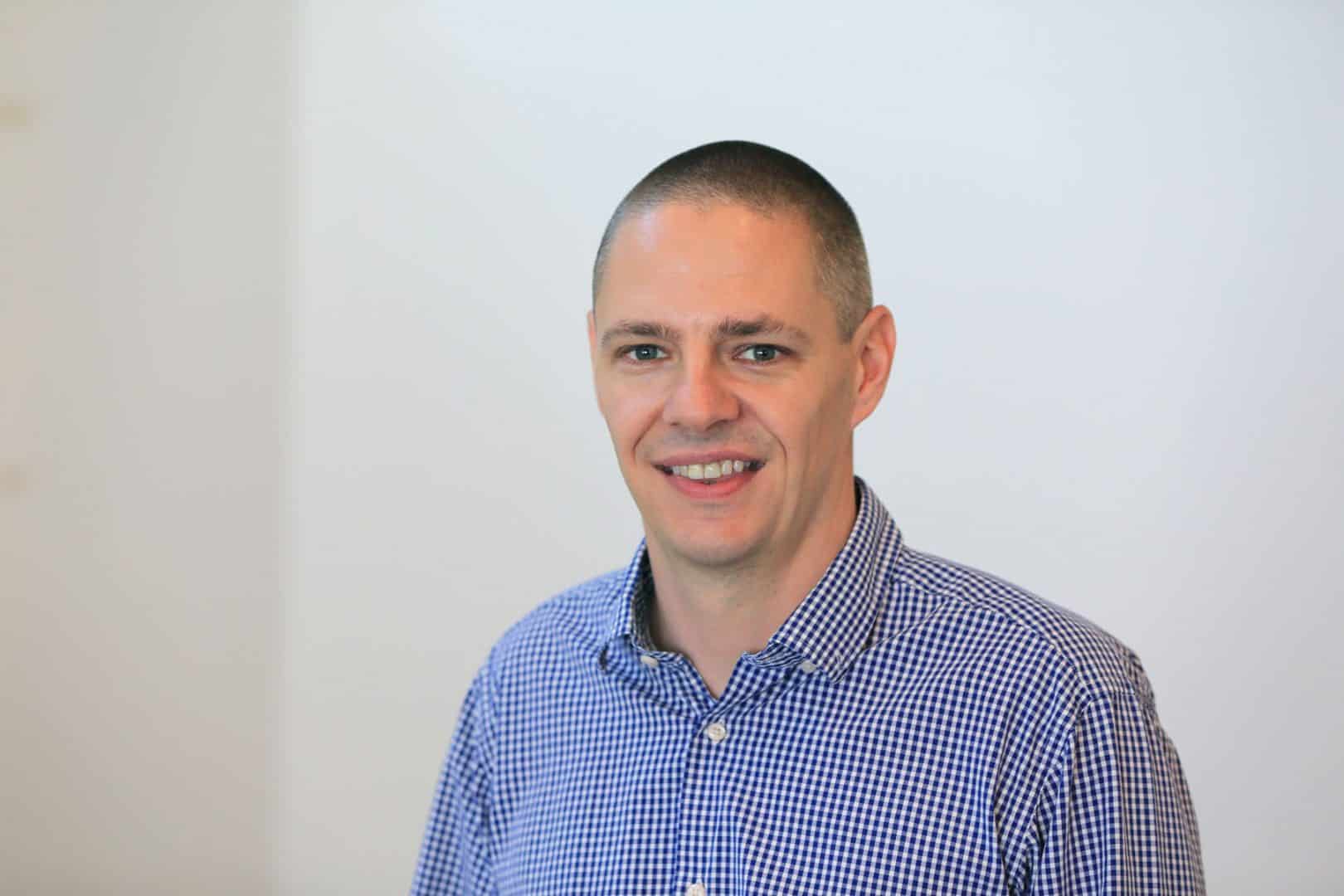

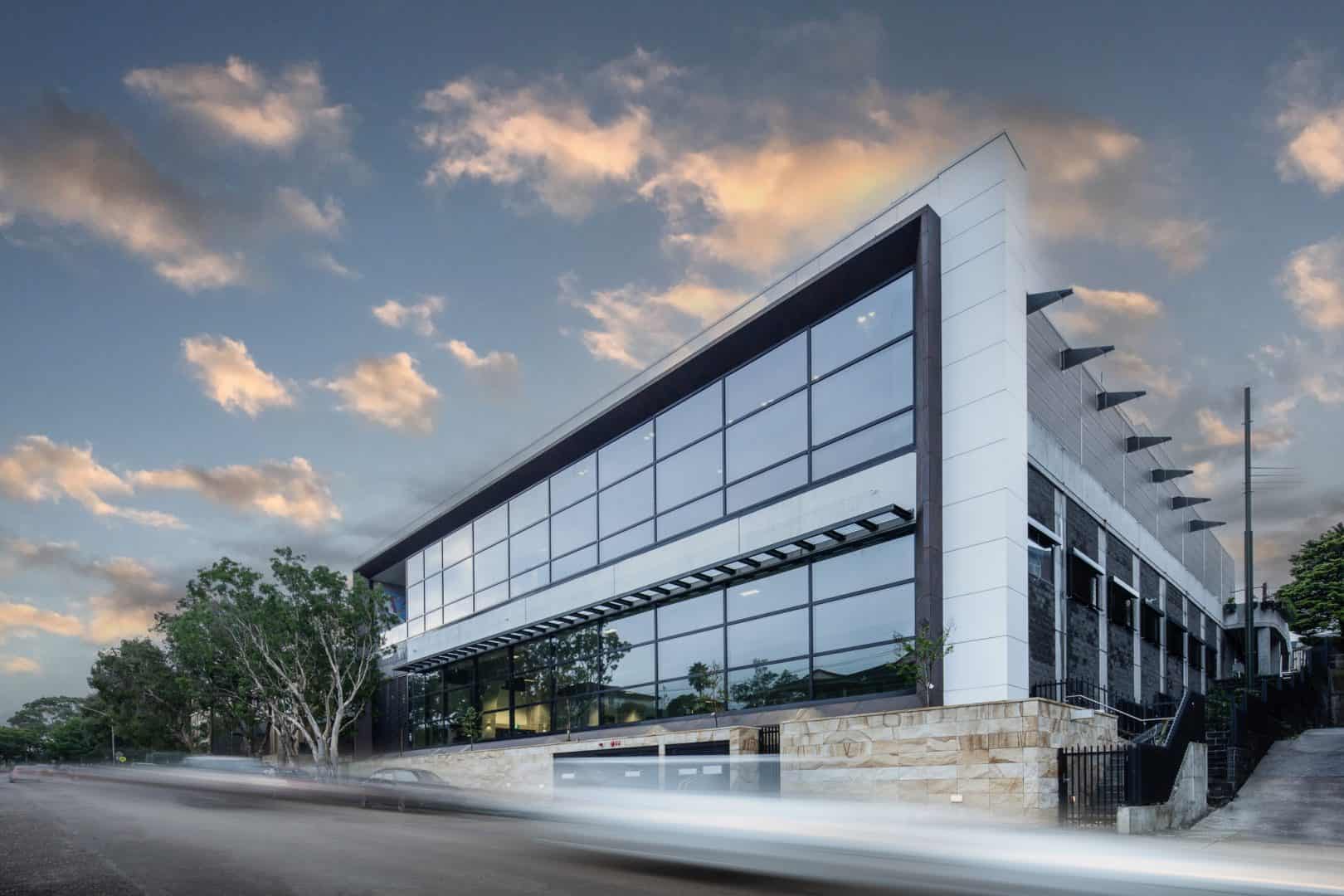
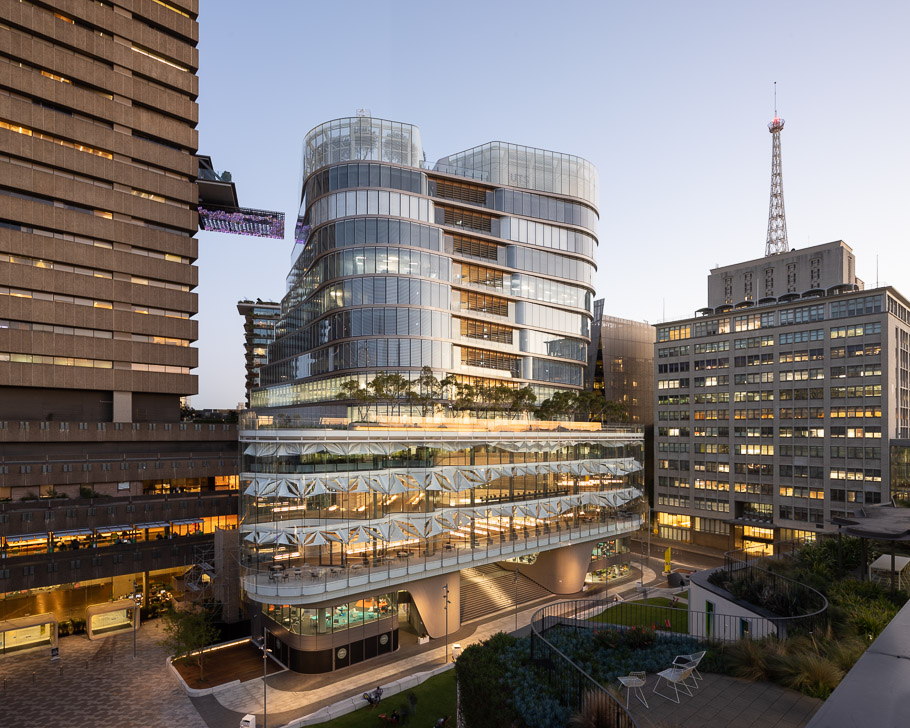
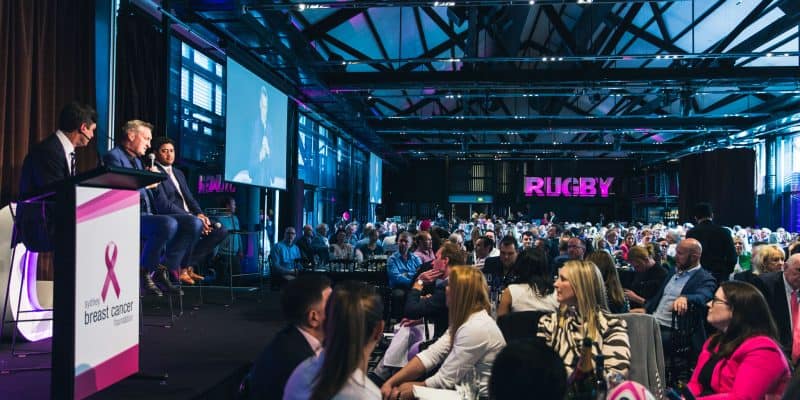
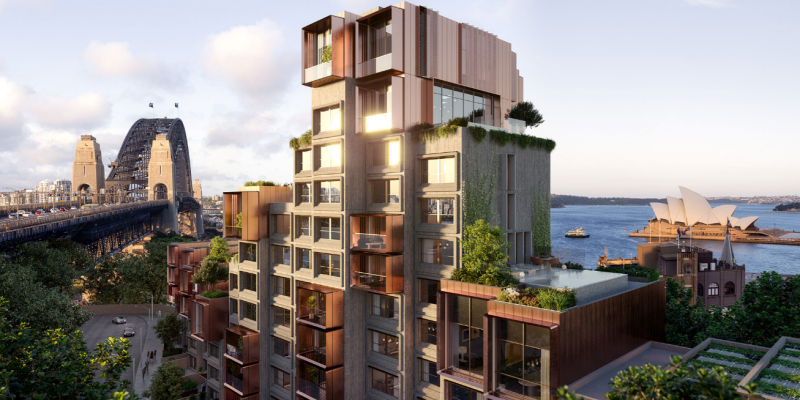
 As digital design makes its macro mark on large-scale infrastructure projects, we integrate it into the company’s actions, so when regulation is a reality, RCC is ahead of the game. To complement traditional design, we embed technologies like 3D modelling, training and development.
As digital design makes its macro mark on large-scale infrastructure projects, we integrate it into the company’s actions, so when regulation is a reality, RCC is ahead of the game. To complement traditional design, we embed technologies like 3D modelling, training and development.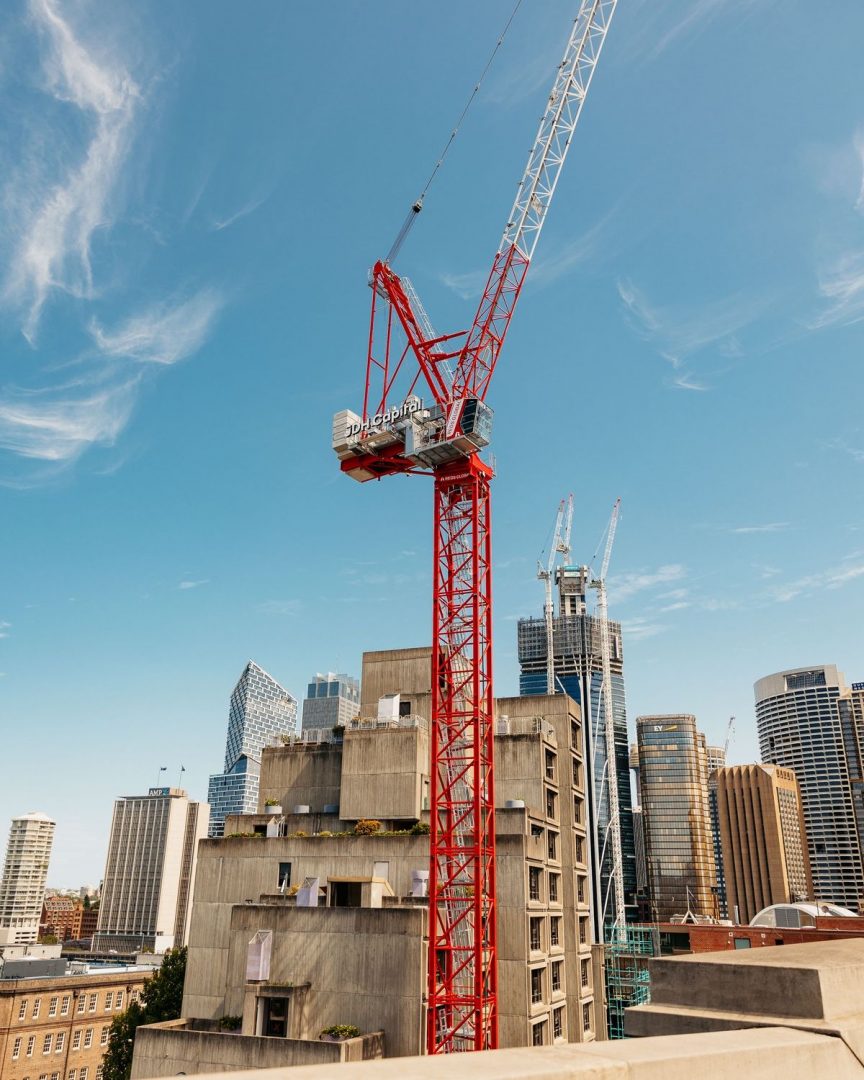 DURING ECI PHASE
DURING ECI PHASE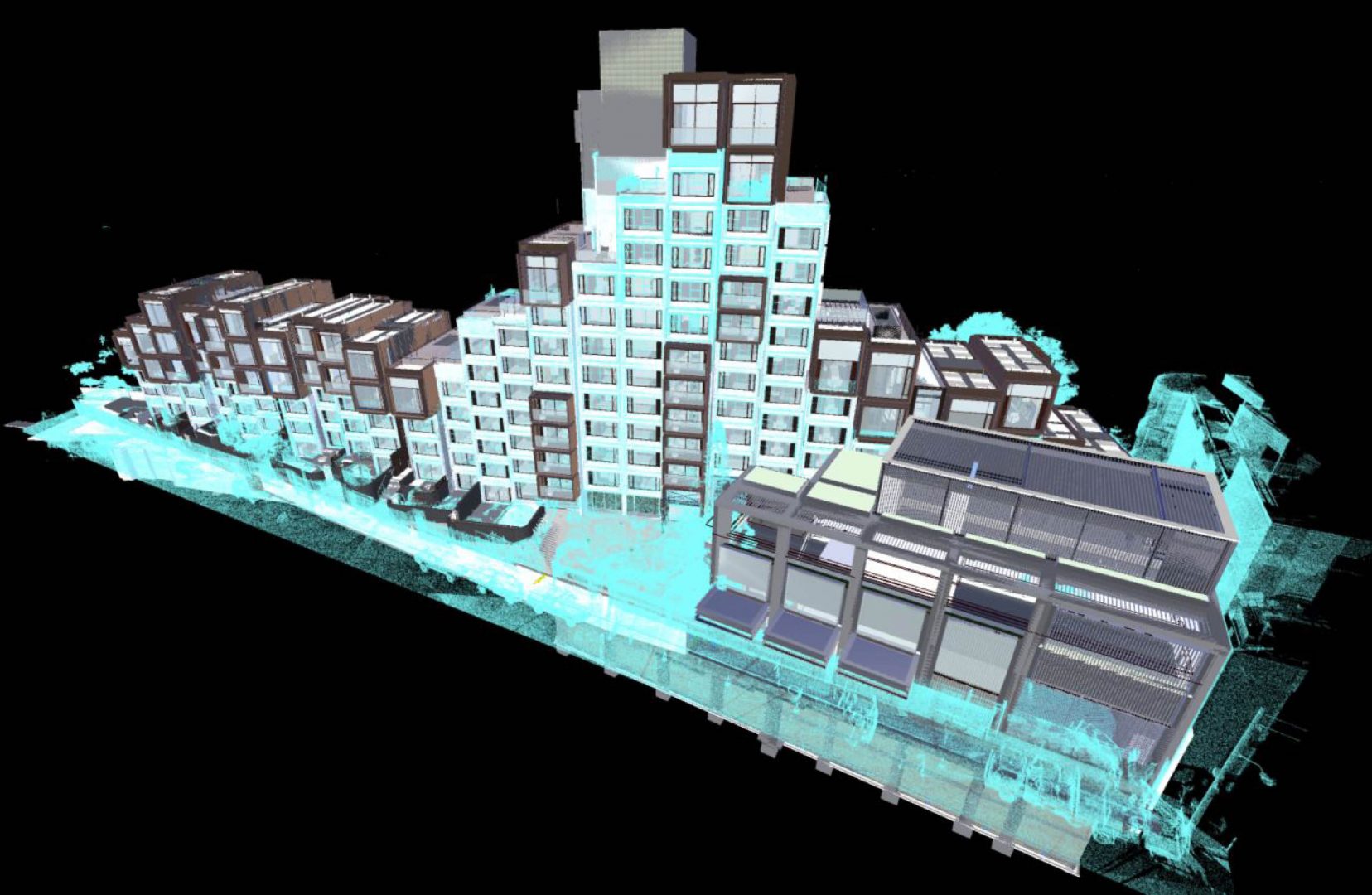 We used
We used  At RCC, these training initiatives bring global digital design trends in-house. They help us shape our people, so they’re poised to further the future of digital construction.
At RCC, these training initiatives bring global digital design trends in-house. They help us shape our people, so they’re poised to further the future of digital construction.

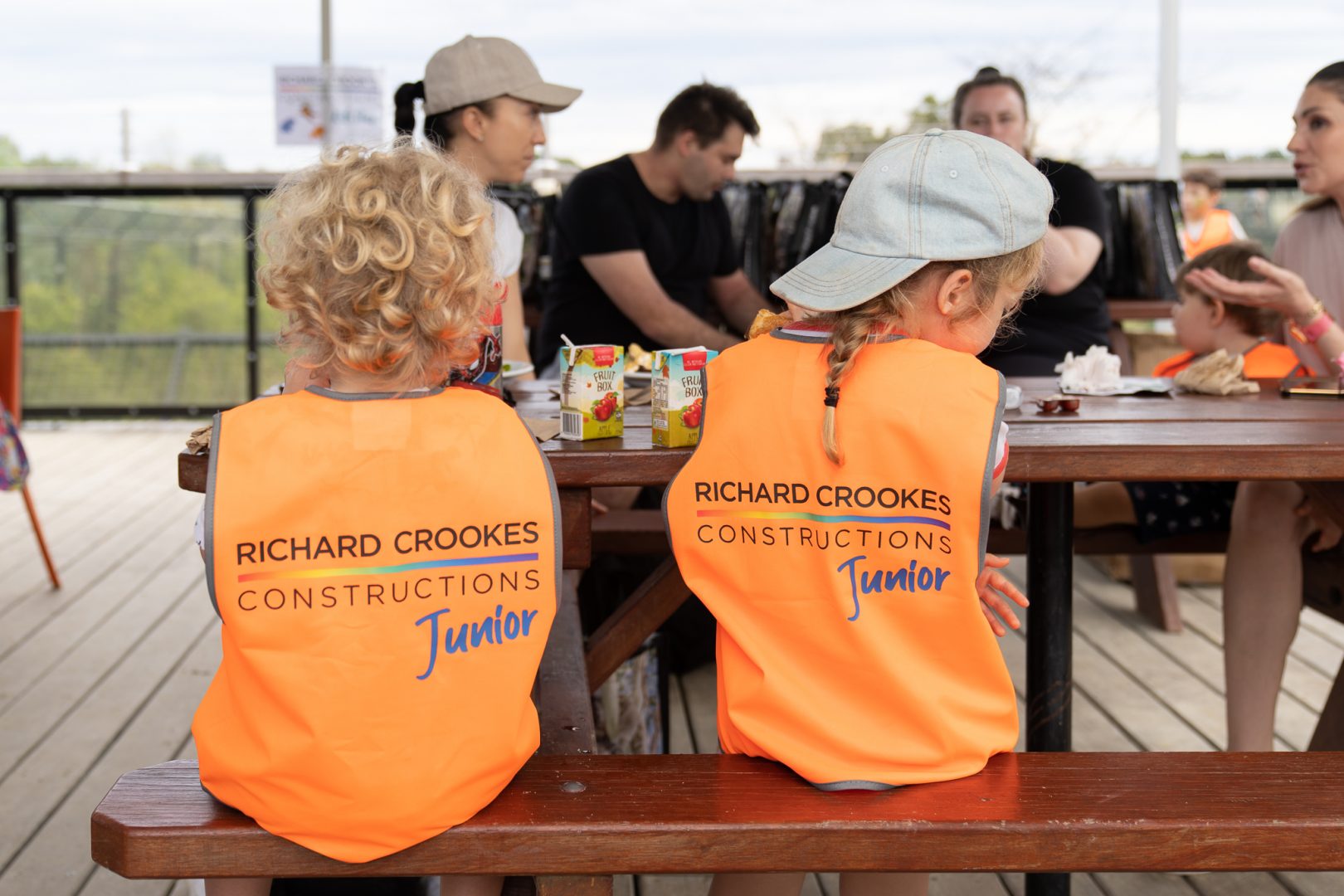
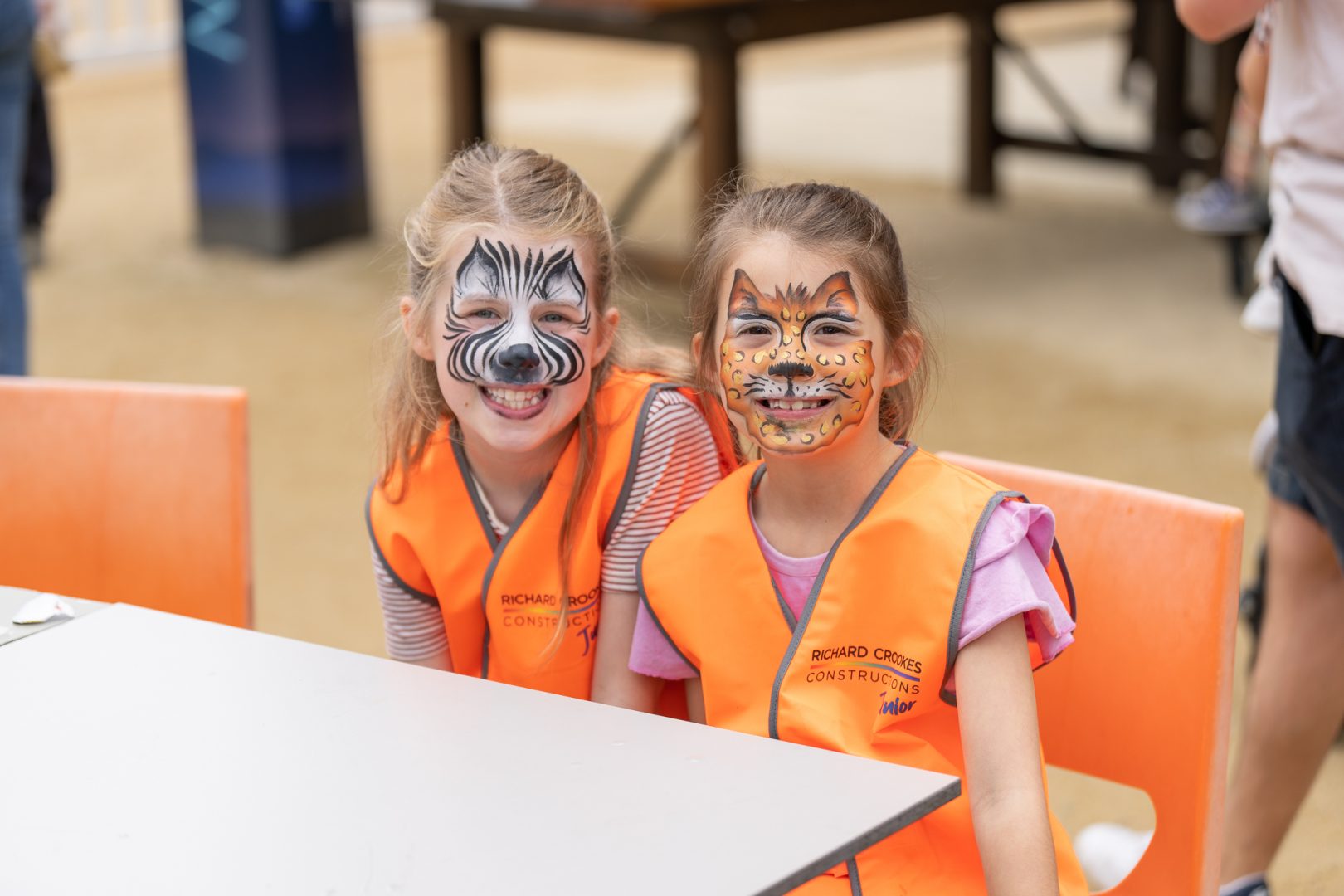
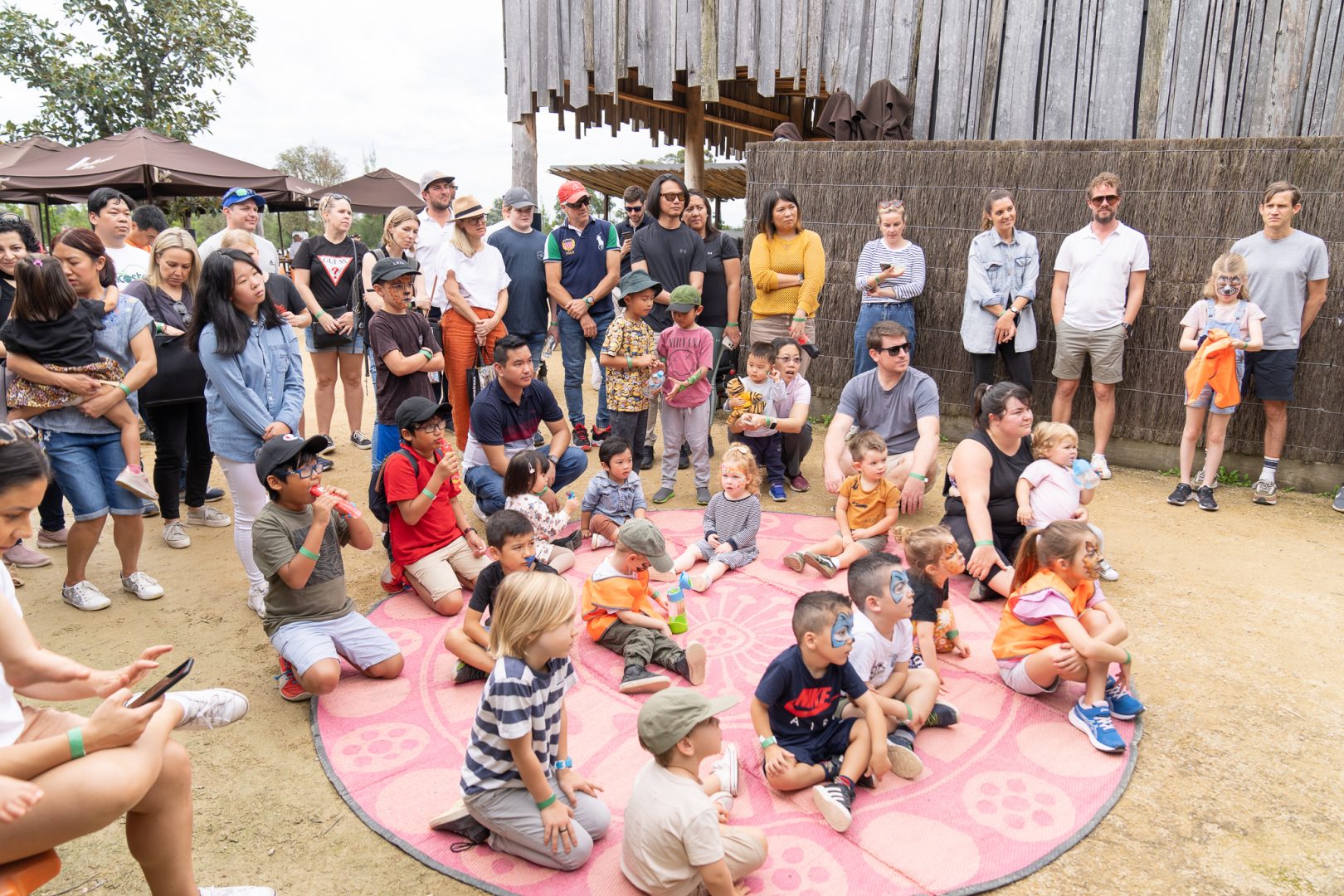







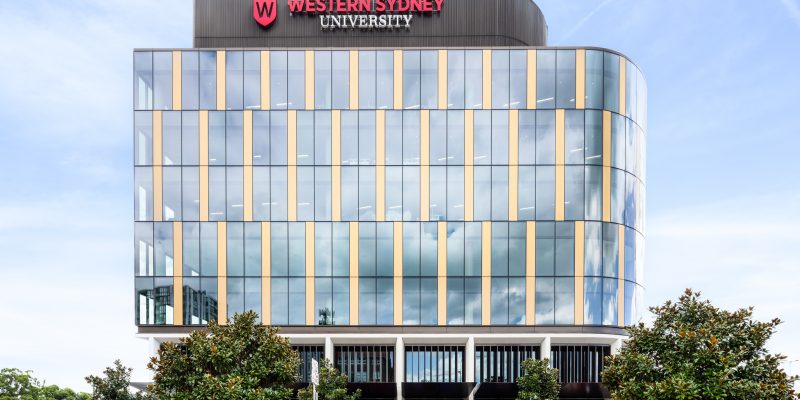
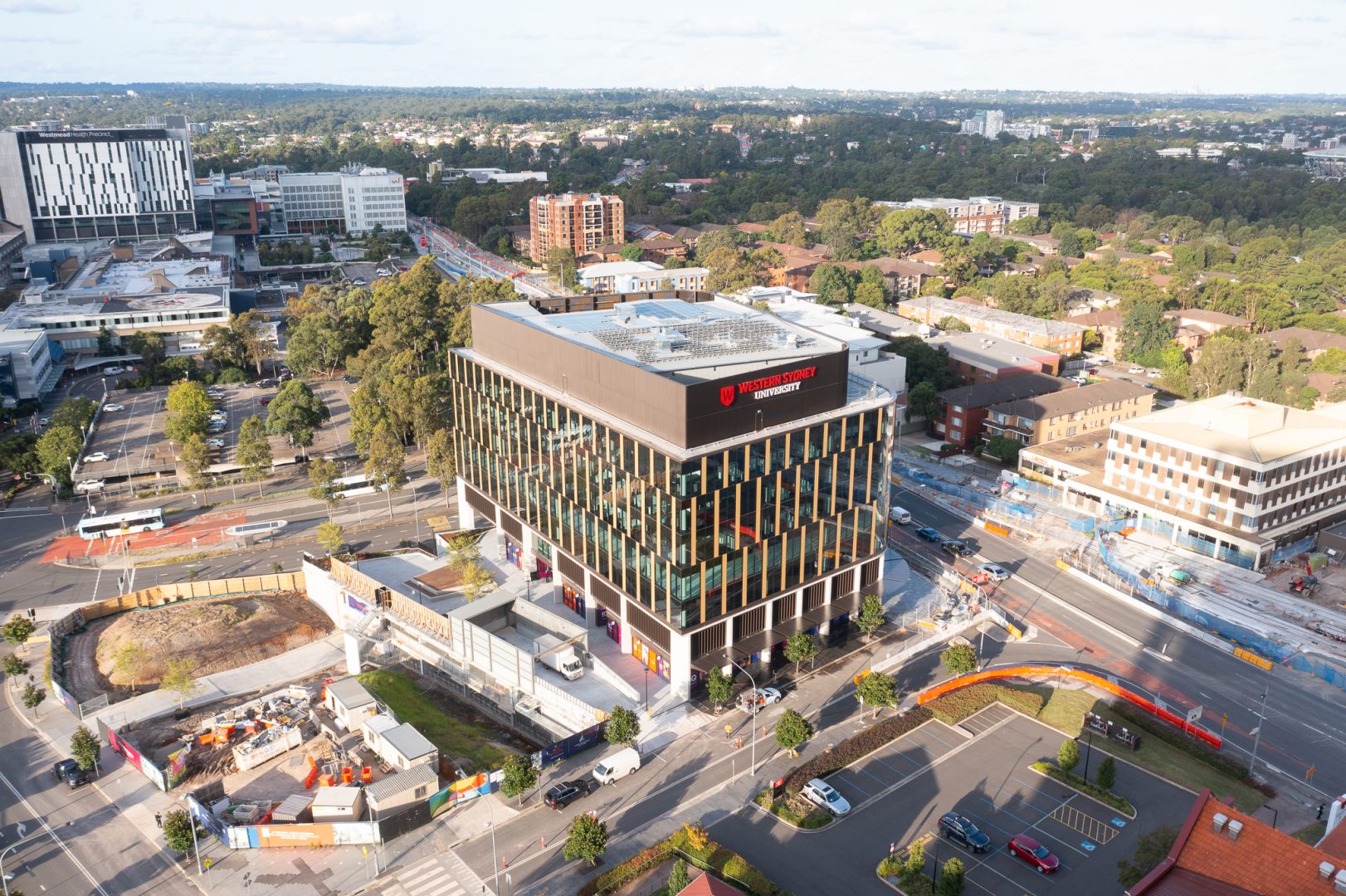 Partnering with
Partnering with 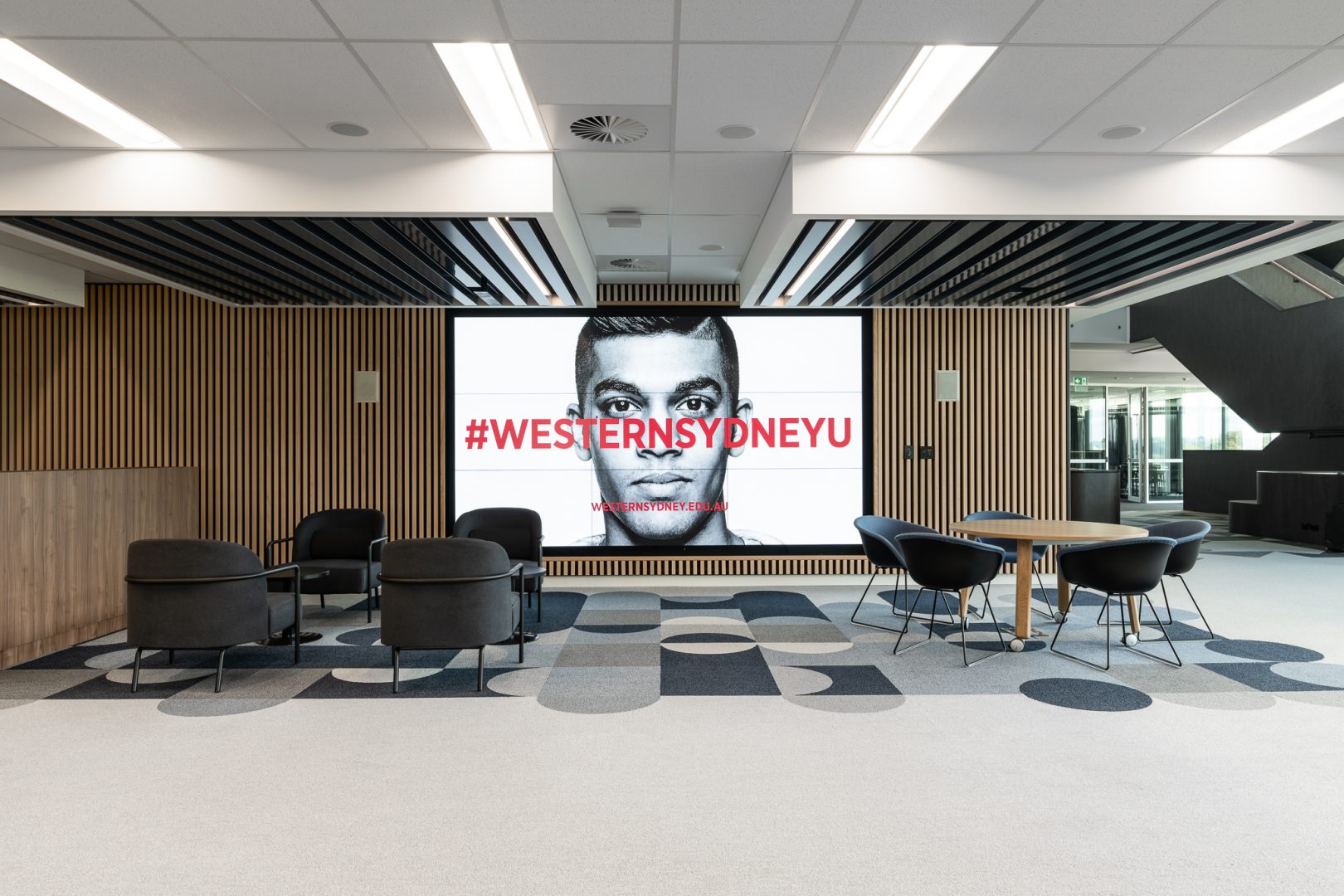
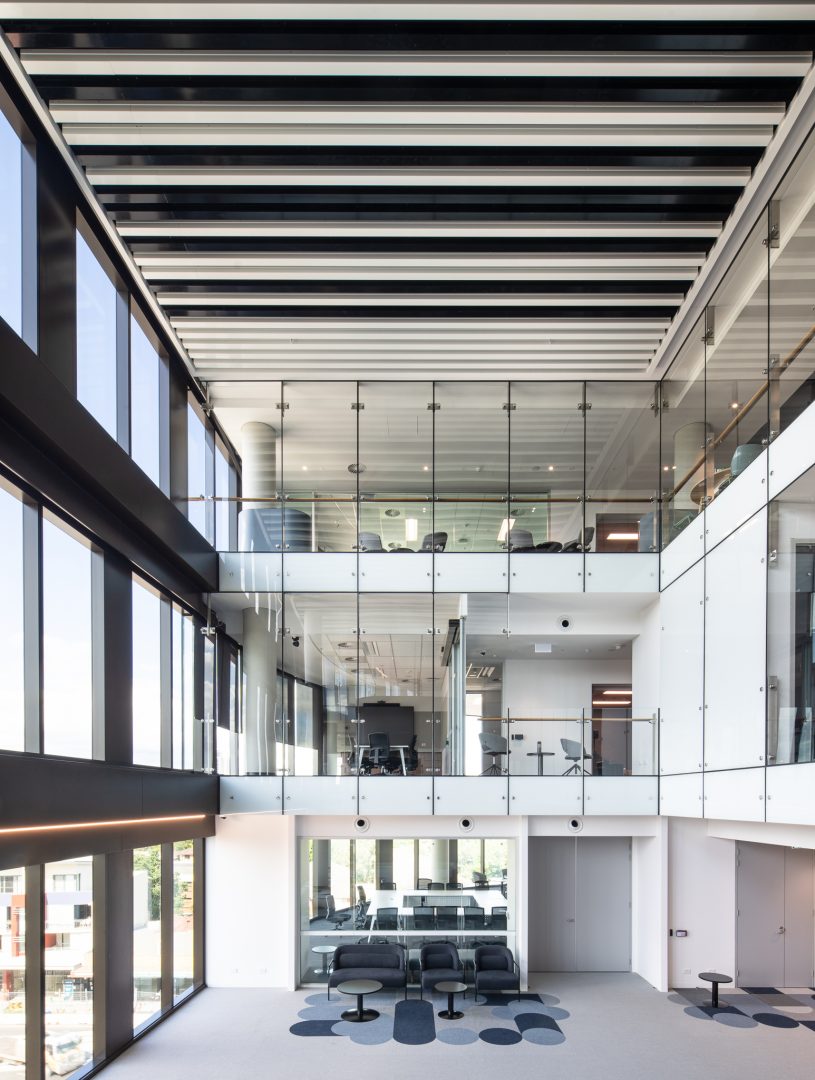
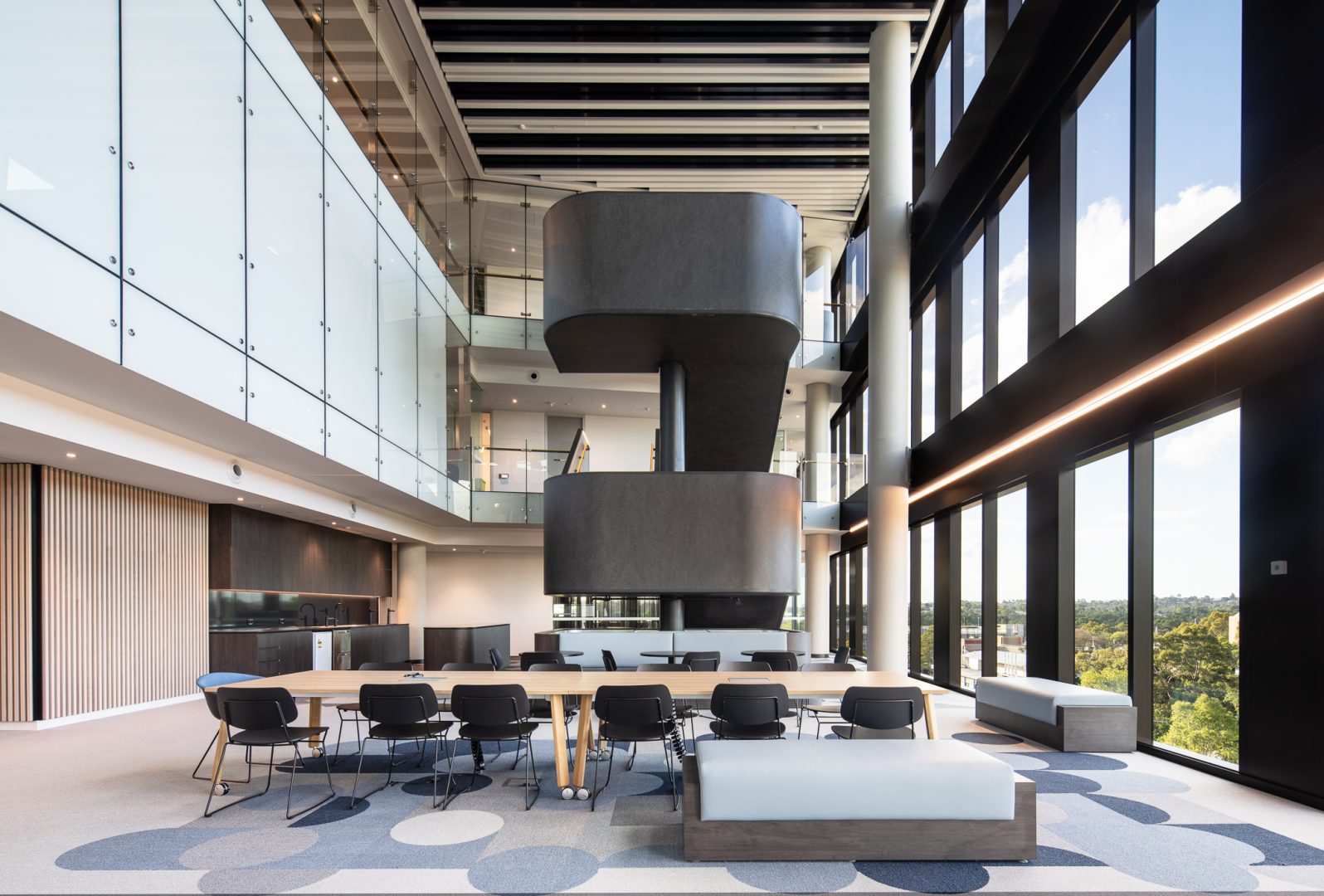

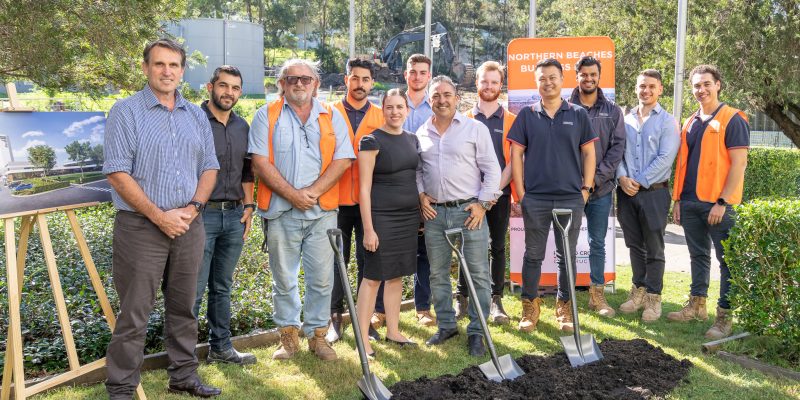
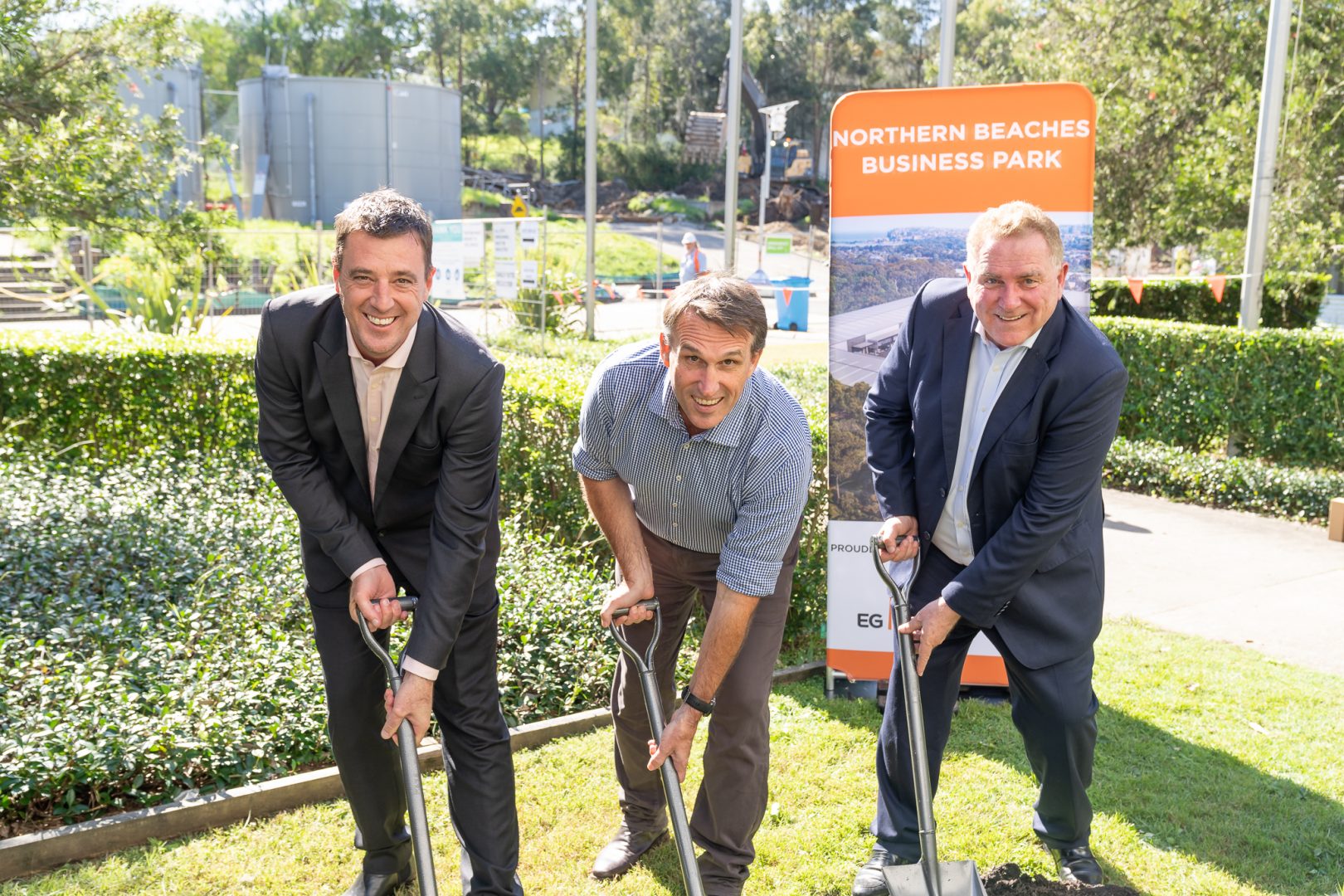 We were joined by Northern Beaches Mayor, Michael Reagan, and EG’s Chairman, Dr Michael Easson AM, to mark the start of an exciting project that will see the delivery of a leading industrial and office development.
We were joined by Northern Beaches Mayor, Michael Reagan, and EG’s Chairman, Dr Michael Easson AM, to mark the start of an exciting project that will see the delivery of a leading industrial and office development.